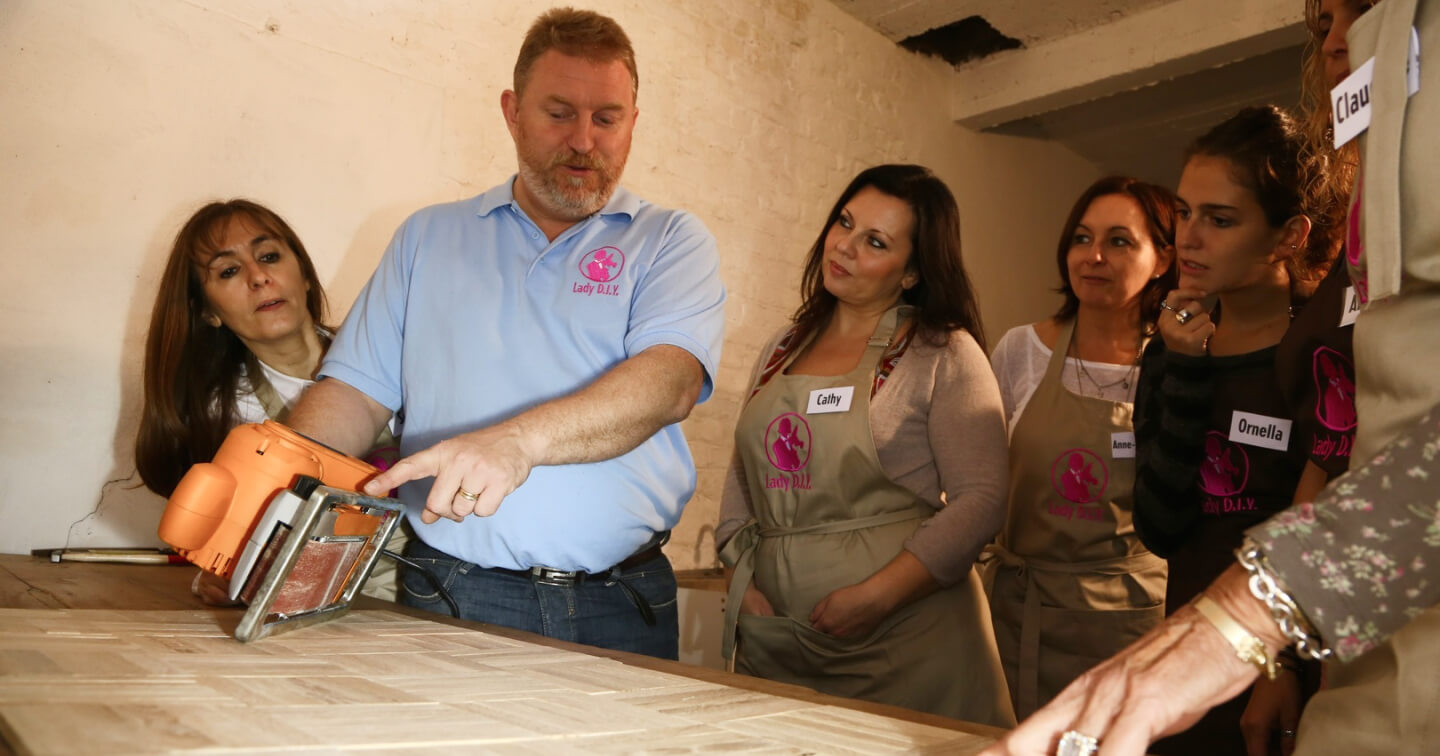Composting 101: Transforming Your Kitchen Waste into Nutrient-Rich Soil
Composting is one of the easiest and most rewarding ways to reduce waste while enhancing your garden’s health. By turning kitchen scraps and yard waste into nutrient-rich compost, you not only minimize landfill contributions but also create a fantastic soil amendment for your plants. In this beginner’s guide, we’ll cover the benefits of composting at home, provide step-by-step instructions on how to start a compost bin, and discuss the materials you’ll need.
Why Compost?
Composting offers numerous environmental and personal benefits:
- Reduces Waste: About 30% of what we throw away is organic material that can be composted. By composting, you divert waste from landfills and reduce methane emissions, a potent greenhouse gas.
- Improves Soil Health: Compost enriches soil, improves its structure, and enhances its ability to retain moisture. This means healthier plants that require less water and fewer fertilizers.
- Saves Money: By creating your own compost, you’ll reduce the need for store-bought fertilizers and soil amendments.
- Promotes Sustainability: Composting fosters a sustainable lifestyle by closing the loop on food waste and promoting a circular economy.
Getting Started: Step-by-Step Instructions
1. Choose Your Composting Method
There are several composting methods you can choose from, including:
- Traditional Compost Bin: A designated area in your yard or a compost bin where you layer materials.
- Tumbler Compost Bin: A rotating bin that makes mixing and aerating easier.
- Worm Composting (Vermicomposting): Using worms to break down organic waste quickly.
For beginners, a simple compost bin or heap in your backyard is often the easiest option.
2. Select a Location
Choose a dry, shady spot in your yard that is easily accessible. Ensure the area has good drainage, as too much moisture can create a smelly mess.
3. Gather Your Materials
Composting requires a mix of “green” and “brown” materials:
- Green Materials (Nitrogen-rich): Fruit and vegetable scraps, coffee grounds, grass clippings, and eggshells.
- Brown Materials (Carbon-rich): Dry leaves, straw, cardboard, paper, and small branches.
Aim for a ratio of roughly 2:1 brown materials to green materials for optimal composting.
4. Start Your Compost Bin
- Layer Your Materials: Begin with a layer of coarse brown materials to promote aeration. Then alternate layers of green and brown materials.
- Moisten as Needed: Keep the compost pile damp but not soggy. A well-balanced compost should feel like a wrung-out sponge.
- Turn the Pile: Every few weeks, use a pitchfork or shovel to turn the compost. This aerates the pile and speeds up the decomposition process.
5. Monitor the Compost
Keep an eye on your compost pile. It should heat up as microorganisms break down the organic matter. If it smells bad, it may be too wet or have too many greens; add more browns to balance it.
6. Harvest Your Compost
After several weeks to months, your compost will be ready when it looks dark and crumbly, with an earthy smell. You can use it as a soil amendment in your garden, potted plants, or even as mulch.
Composting and the Environment
Composting is not just a great practice for your home; it contributes to a healthier environment. By reducing the amount of organic waste in landfills, we can significantly lower methane emissions. Additionally, by enriching the soil with compost, we promote biodiversity and support healthy ecosystems.
Conclusion
Composting is a simple yet impactful way to reduce waste and enhance your garden’s health. By transforming kitchen scraps into nutrient-rich soil, you contribute to a more sustainable future and enjoy the benefits of healthier plants. Whether you have a small balcony or a large backyard, composting can be adapted to fit your space and lifestyle.
Ready to start your composting journey? Join us at Golden Gate Waste Management as we promote sustainable practices that benefit both our homes and our planet! Stay tuned for more tips on living sustainably.






Leave a Reply